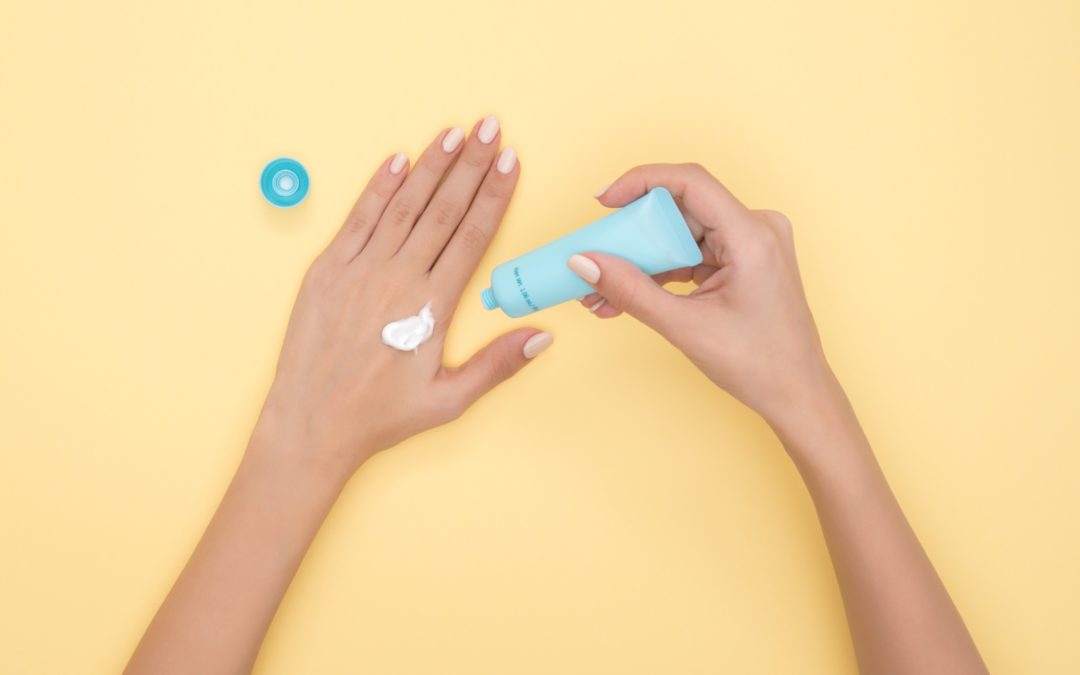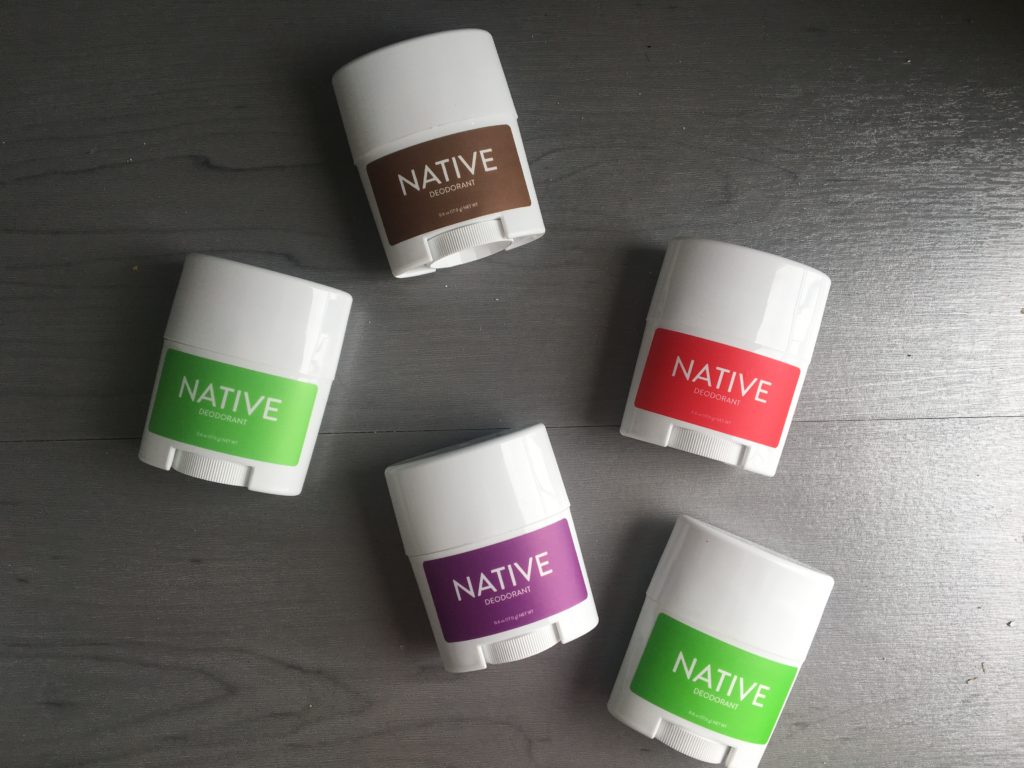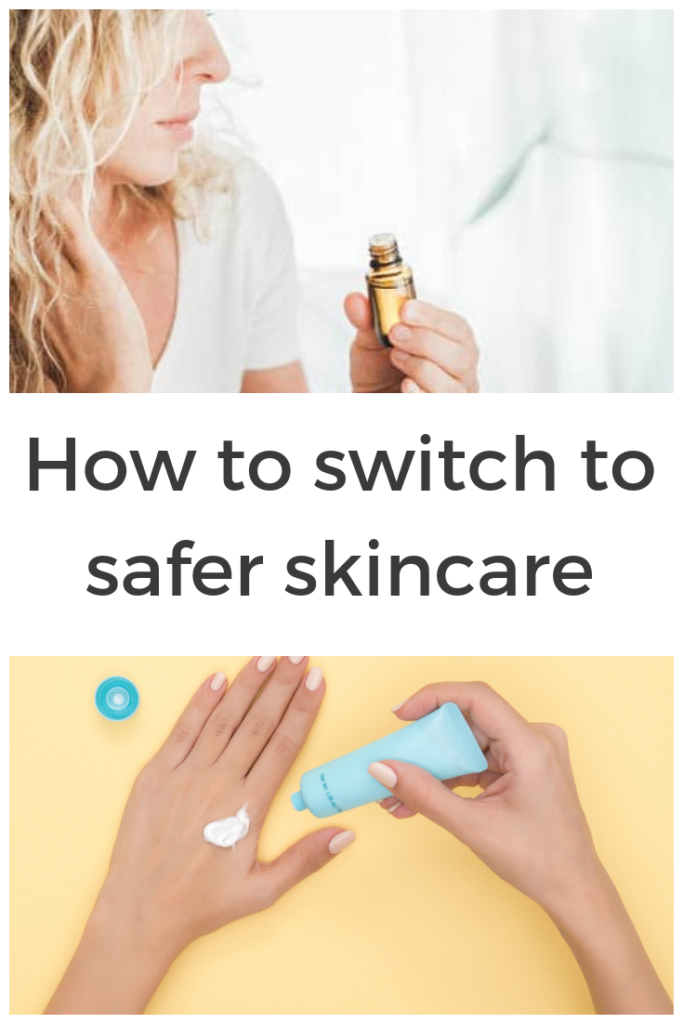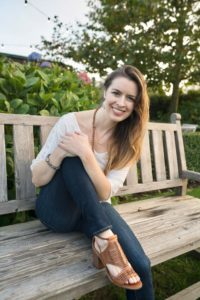Welcome back for part 3 in the Skincare Series!
We spend so much time talking about what goes in our bodies, avoiding pesticides, eating clean, shopping organic, yada yada yada. So wouldn’t it make sense to also look at the skincare products that we put on our skin every single day?
In Part 1 of this series I shared what happened when I looked at the ingredients in my skincare, and how you can find out what’s in your most frequently used products too.
In Part 2 of this series I laid out the top offender ingredients you don’t want to see on your labels. I’ve found the ingredients part of this whole process to be the most overwhelming, I don’t pretend to be a scientist and know what all these long words mean, so to have a list of everything in one place made it much simpler!
Why Doesn’t “Natural” or “Nontoxic” cut it?
Federal regulations around skincare haven’t changed since the 1930’s, so terms like “natural,” “nontoxic,” “plant-based” and “free of” have no legal basis in the personal care industry. Each company can decide what those terms means to them.
The term “greenwashing” refers to marketing products making them appear healthier, cleaner, and safer than they really are. “Oh yea put a big green leaf on the label and make the box out of brown paper that looks like it’s recycled, now it looks healthy!” I know I’ve fallen for it before. Basically we have no way of knowing what each manufacturer’s version of these terms are because there’s no regulation, so they can basically say whatever thy want.
Where to start?
I love the Environmental Working Group’s website! It’s the best resource, I’ve found, to learn about safer brands. The EWG has it’s own verification system to label products as safe, so you don’t have to go doing all the research. When you see the EWG VERIFIED™ mark on personal care products, you can trust that they meet their strictest standards for your health.
In my research I found a few brands that stood out on the verified list. One is Beauty Counter (BTW, this is totally not a sponsored post, and I don’t work for them…although after learning everything I have learned about them I kinda want to work for them now haha!). First and foremost before being a company that sells beauty products they have a strong social mission.
They are a company that advocates for stricter guidelines and regulatory laws in the government to help change the beauty and personal care industry from the using types of questionable ingredients that other countries have long since banned. This company is starting to make major waves in the beauty industry by demanding more from an industry that has never been transparent when it comes to the ingredients they use. Finally, yeah their products are all verified by the EWG.
I also was introduced to a company called Native which makes antiperspirant. While not yet verified by the EWG (I’m sure they will be at some point), they have a great list of ingredients and are free of aluminum and parabens.
Why does that matter? Well, like everything else these days there is some controversy surrounding the link between these chemicals and breast cancer. Some say it’s linked, some say it’s not. Either way, if you had your choice if putting chemicals on your armpits or not, you would probably choose to go without chemicals, right?
Also you can order a bunch of scents in travel size so you can try them all out and see which one you like!
I also was able to find EWG verified products in my local Whole Foods, just look for the little symbol somewhere on the label.
Tips for switching to safer products
1.Don’t go throwing away all of your products at once! Finish out what you have and slowly start replacing them with brands that use safer ingredients. I’m going one product at a time, as I run out of something I am replacing it from a brand I have researched and trust.
2. Do some research, but don’t drive yourself crazy. This is all in the name of better health right? To start finding brands and products that meet high standards head to the EWG VERIFIED list. Let the experts do the heavy lifting.
3. Be realistic, and remember it’s ok to make exceptions for things you love. It’s ok if you don’t have 100% of your products on the safe and verified list right away, or ever. I personally have a Bobbi Brown lipstick that I (and every other woman in my family) have been using for years, and I’m probably not giving it up.
Let me know in the comments how you plan on switching to safer products. I would love to hear from you, and I will keep sharing my journey as I make the switch over on my Instagram! And share this with a girlfriend if you want to help spread the word about safer products. Pin the image below!
*Note: this was NOT a paid or sponsored post. I don’t get paid by any of these companies to share this here, I purely was doing this for myself, and to help educate others which is what this blog is all about! I’m sharing these particular companies here because they are just what I’ve started using, but you should find which brands work for you.





